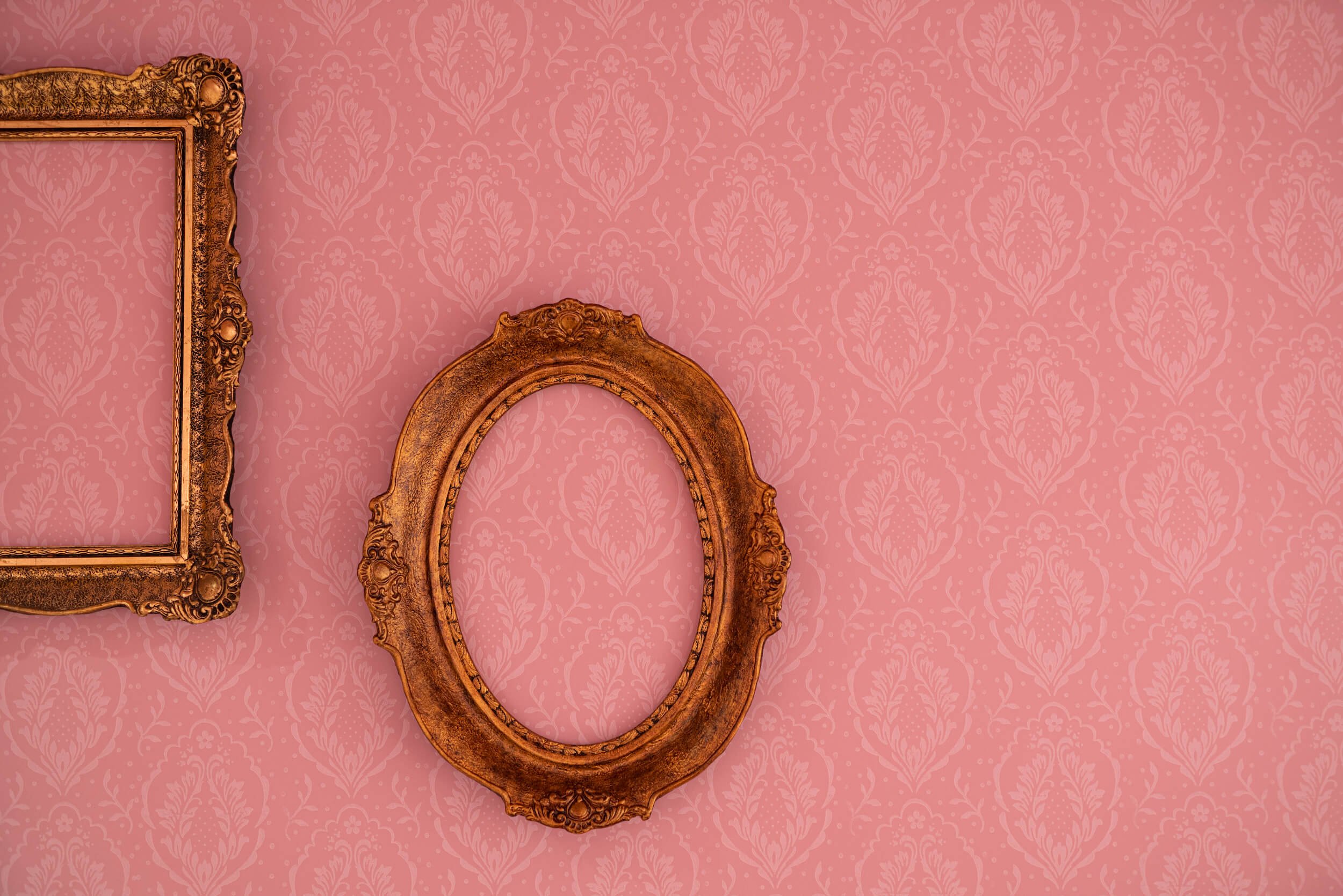The Chocolate Museum
INTERIOR DESIGN, FURNITURE DESIGN, SPATIAL STORYTELLING
The Chocolate Museum Zagreb is dedicated to telling the story of chocolate through six interactive, immersive, and entertaining rooms designed for visitors. Each room evokes the atmosphere of a specific chocolate era. Almost every element present in the museum has been imagined, designed, and reinvented especially for this purpose.
The task was to do the total interior design project, including furniture, equipment and scenography. Preliminary tasks also included creating the brand strategy, which you can read more about here.

THE CHOCOLATE BOUTIQUE
The museum begins and ends with the chocolate boutique, evoking the nostalgic ambiance of vintage candy stores from the first half of the 20th century. The store features arched cabinets, chocolate displays, and a front desk inspired by the solid wood furniture of old stores, adorned with decorative panel mouldings. The colour palette ranges from the chocolate brown floor to dusty rose and candy pink cabinets, with oak veneer surfaces accentuating the area. The entire space is softly illuminated by enamelled light shades reminiscent of those commonly found in stores, factories, and barns from the turn of the century and beyond.
THE MESOAMERICA
The first room visitors can enter from the boutique showcases a tale of Montezuma ruler, the Aztec guardians, and Montezuma’s treasure trove, with millions of cocoa beans stored in large cane containers. Within a jungle-inspired ambiance, cane webbing displays for replicas of artefacts evoke these ancient containers filled with real cocoa beans. Amidst the striped green jungle, visitors weave in and out, hiding and discovering, until they reach the central part—the heart of Montezuma's storage.




THE CONQUISTADORS
From the jungles of Mesoamerica, visitors transition to an area dedicated to recounting the story of the conquistador Cortés and his followers, who discovered cocoa in the Americas and transported it to Europe on their ships. The massive importation of countless sacks of cocoa beans they initiated continues to this day. To recreate the ambiance of the cargo holds of old sailing ships laden with treasures from Central America, we've incorporated hanging jute bags filled with grains that resemble cocoa seeds, along with a palette of rustic brown hues.
THE COURT
The Court Room tells the story of European courts, embodying the narrative of opulence, extravagance, and the abundant consumption of liquid chocolate as a sweet elixir reserved for the elite. Our objective was to showcase the lavish quantity of chocolate drinks served in exquisite porcelain cups, exclusively intended for the privileged few. By encasing these cups with glass domes, we allude to the inaccessibility and restrictions that common people experienced regarding chocolate. Within the space, we incorporated elements of the courtly era, including ornate walls, luxurious fabrics, baroque chairs, and exhibition stands reminiscent of pedestal displays with glass domes for cakes and sweets.










THE LABORATORY
The Laboratory is an area where people can take a break at the community tables and test their knowledge with educational elements. Visitors can interact with chocolate inclusions like hazelnuts, puff rice, coffee, or various chocolate-related scents by touching or smelling them. Additionally, the Laboratory includes a replica of a wooden market stand for chocolate dispensers, inspired by portable candy stands or vintage market and street vending carts.
THE INDUSTRIAL REVOLUTION
The story of chocolate in Europe from the beginning of the 19th century is characterised by two significant elements: the industrial revolution with the emergence of the first machines and smaller factories or workshops, and Van Houten's invention of cocoa powder. The most recognisable feature of the industrial era in Europe is the large glass windows with arched frames made of wrought iron. These windows, which rotate around their axis, also serve as displays for paper exhibits that were abundant during this era, since the beginning of industrial production marked the birth of advertising and printed ads. The industrial revolution era was adorned with the 'industrial' green color of wrought iron elements and red brick walls. A large 'worktable' with replicas of vintage industrial legs serves as a display for exhibits, including some of the first commercially produced chocolate packaging.







THE FACTORY
The Factory Room is an imaginary factory inspired by the 1970s film 'Willy Wonka & The Chocolate Factory.' Its nostalgic and whimsical atmosphere is brought to life by the colorful factory pipes and rudimentary mechanical contraptions. The pink element, inspired by a factory machine with a moving conveyor belt for making molded chocolates, is 'connected' by pipes to a restored vintage tandem bicycle. This tandem bike that grinds the colourful M&M's candies by turning its pedals is a playful reference to Willy Wonka's experiments and a favourite among the youngest visitors. The story of the Factory room immerses visitors in the imaginative world of chocolate, which, during the 20th century, became a staple on the shopping lists of ordinary people.
THE GIFT ROOM
The Gift Room serves as a storage space for chocolate gifts, organised by occasion categories, much like a chocolate-themed library. This storage area leads to, or serves as a prelude to, the museum gift shop, where you can actually purchase real chocolate gifts. Adorned with simple wooden shelves stocked with wrapped boxes and replicas of industrial factory wagons, the Gift room recreates the ambiance of an old vintage warehouse or a candy store stockroom. The exhibits featured in the Gift room illustrate how chocolate has become a part of numerous life occasions and how it has undergone a remarkable journey, transforming from an unattainable luxury into a gift that creates cherished memories.








Photography: Domagoj Kunić, Journal.hr
Year: 2019
